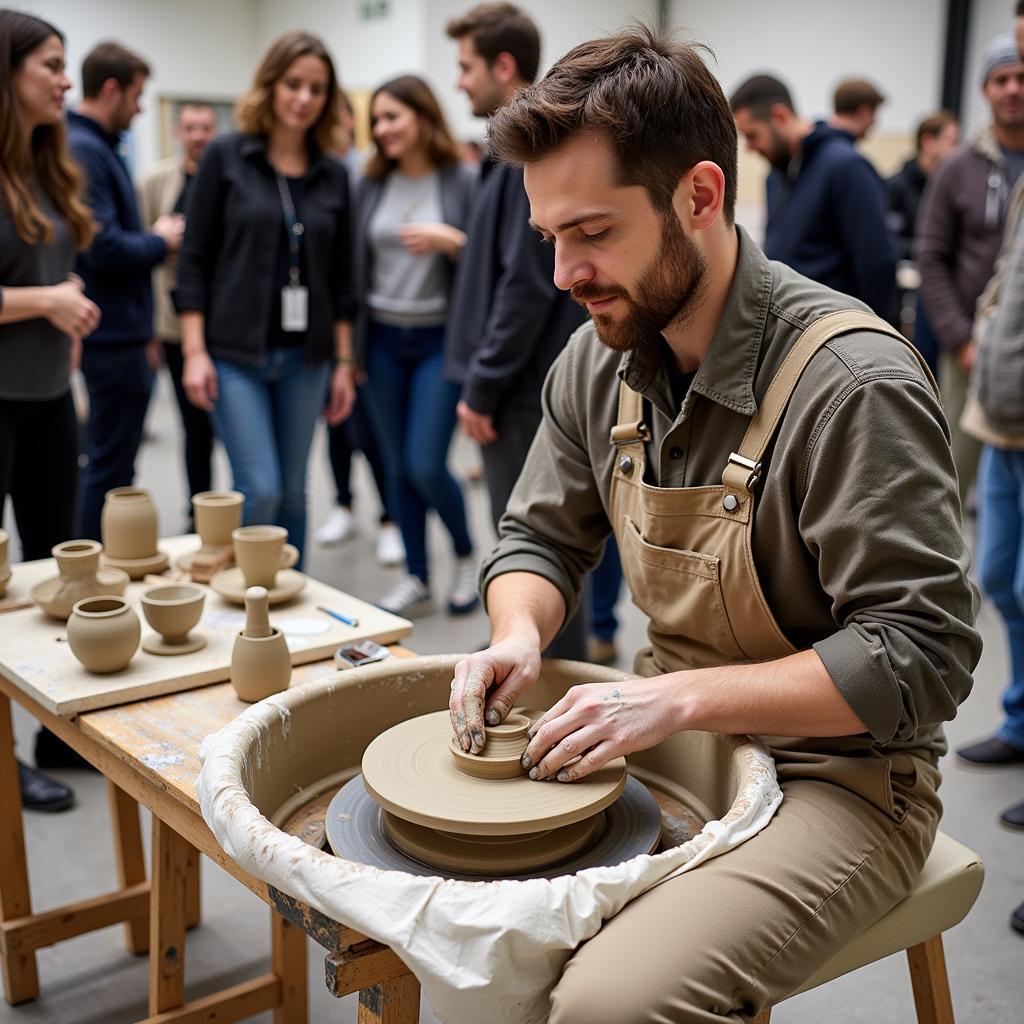Homoerotic Greek Art: A Deeper Look
Homoerotic Greek Art, a topic often met with intrigue and controversy, offers a fascinating glimpse into the social and cultural norms of ancient Greece. While contemporary interpretations might view these depictions through a modern lens, it’s crucial to approach the subject with historical sensitivity and understanding.
Deciphering Desire: What Does Homoerotic Greek Art Tell Us?
Unlike today’s more rigid definitions, ancient Greek society perceived desire and relationships with greater fluidity. Theirs wasn’t a binary system of “homosexual” and “heterosexual”. Rather, attraction existed on a spectrum, with relationships judged on factors like age and social standing.
For instance, pederasty, the relationship between an older male mentor and a younger adolescent boy, was not only accepted but also considered integral to a young man’s education and social development. This practice is frequently depicted in pottery and sculpture, showcasing the societal acceptance of such bonds.
Beyond the Physical: The Symbolic Significance
To fully grasp the nuances of homoerotic Greek art, it’s crucial to move beyond literal interpretations and delve into the symbolic.
“Within the framework of Greek mythology, tales of same-sex love were imbued with profound symbolic meaning, often representing themes of mentorship, loyalty, and even divine favor,” explains Dr. Artemis Dimitriou, a classical archaeologist specializing in ancient Greek iconography.
The myth of Zeus and Ganymede, where the king of the gods transforms into an eagle to abduct a beautiful Trojan prince, exemplifies this symbolic complexity. This tale, often represented in art, wasn’t merely about desire but also explored themes of divine favor and immortality.
The Legacy of Homoerotic Greek Art
The influence of homoerotic Greek art extends far beyond the confines of antiquity. Its impact can be seen in the works of Renaissance artists like Michelangelo and Caravaggio, who drew inspiration from classical forms and themes. Even today, these ancient depictions continue to spark debate and inspire contemporary artists.
By approaching homoerotic Greek art with sensitivity and a commitment to historical accuracy, we can gain a deeper understanding of the complexities of desire and social norms in the ancient world. It serves as a reminder that human experience is multifaceted and that interpretations of love and sexuality have evolved considerably throughout history.




